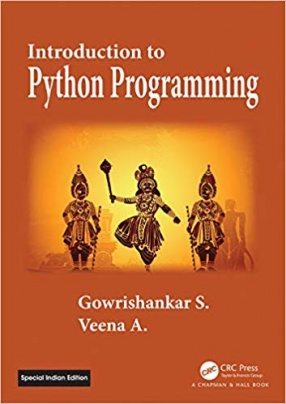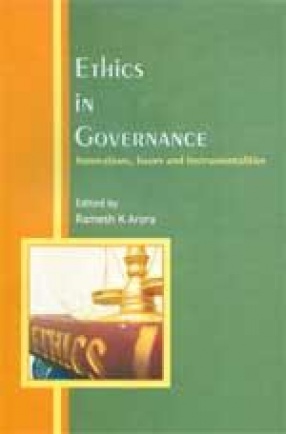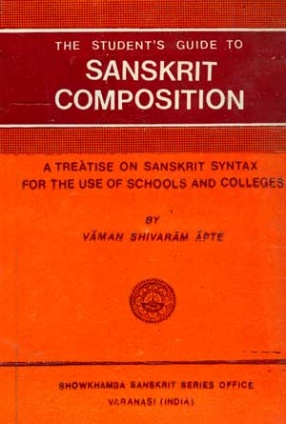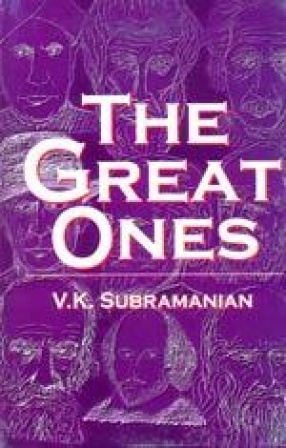Introduction to Python Programming
Introduction to Python Programming is written for students who are beginners in the field of computer programming. The contents of the book are chosen with utmost care after analyzing the syllabus for Python course prescribed by various top universities in USA, Europe, and Asia. Since the prerequisite know-how varies significantly from student to student, the book’s overall overture addresses the challenges of teaching and learning of students which is fine-tuned by the authors’ experience with large sections of students. This book uses natural language expressions instead of the traditional shortened words of the programming world. We have tried our best to write this book in such a way that students will not only find it readable but also want to read it. This book has been written with the goal to provide students with a textbook that can be easily understood and to make a connection between what students are learning and how they may apply that knowledge. Features of this book • This book does not assume any previous programming experience, although of course, any exposure to other programming languages is useful • This book introduces all of the key concepts of Python programming language with helpful illustrations • Programming examples are presented in a clear and consistent manner • Each line of code is numbered and explained in detail • Use of f-strings throughout the book • Hundreds of real-world examples are included and they come from fields such as entertainment, sports, music and environmental studies • Students can periodically check their progress with in-chapter quizzes that appear in all chapters.
Contents: 1. Introduction. 2. Parts of Python Programming Language. 3. Control Flow Statements. 4. Functions. 5. Strings. 6. Lists.. 7. Dictionaries. 8. Tuples and Sets. 9. Files. 10. Regular Expression Operations. 11. Object-Oriented Programming. 12. Introduction to Data Science.
Get it now and save 10%
BECOME A MEMBER







Bibliographic information
Gowrishankar S.